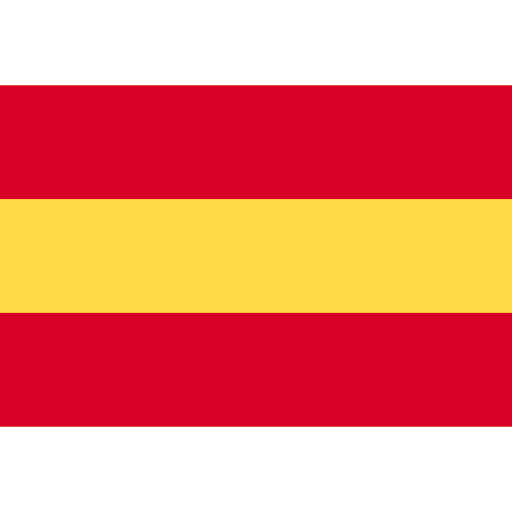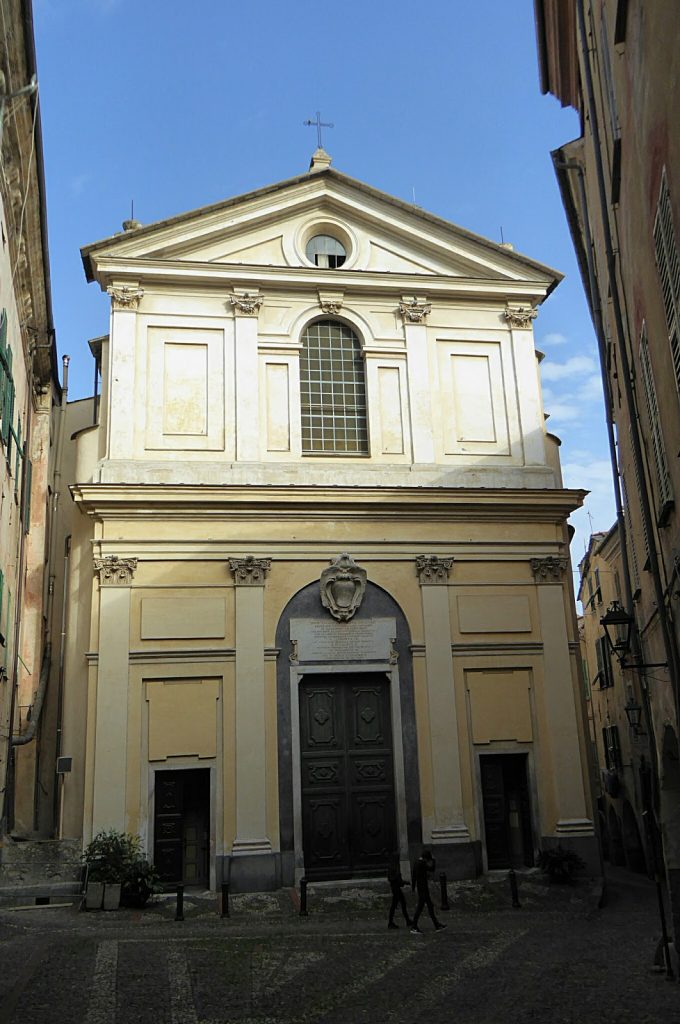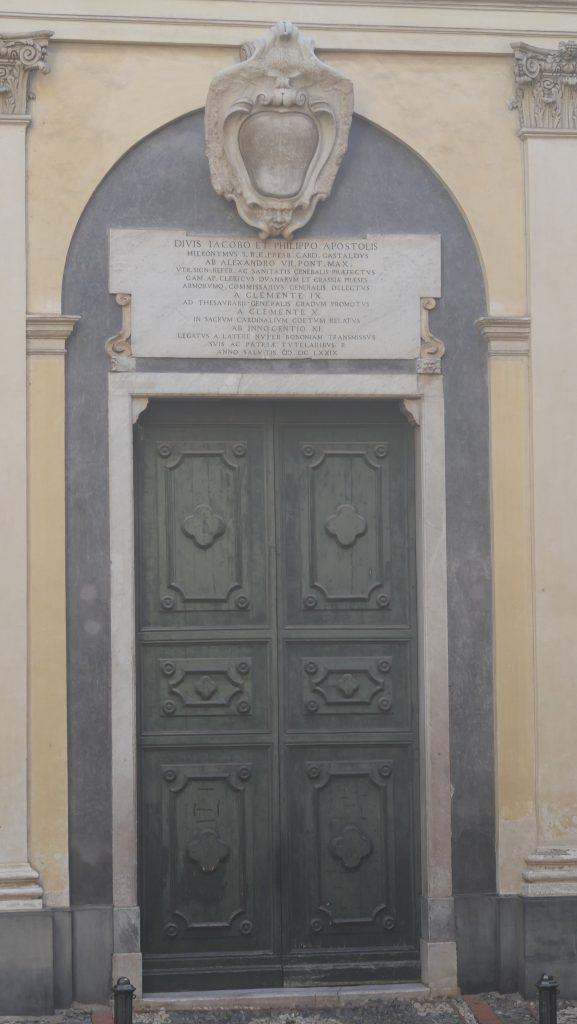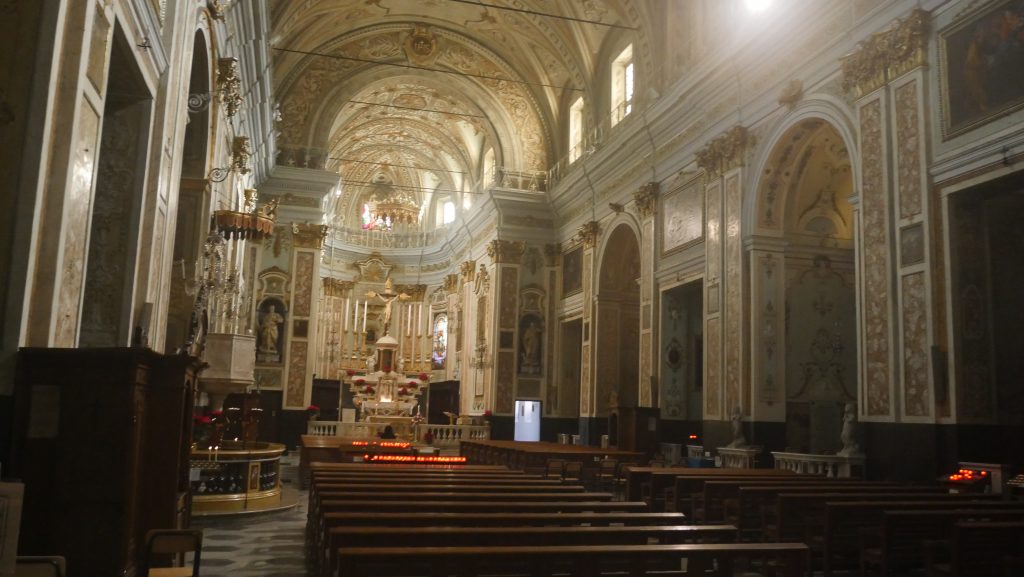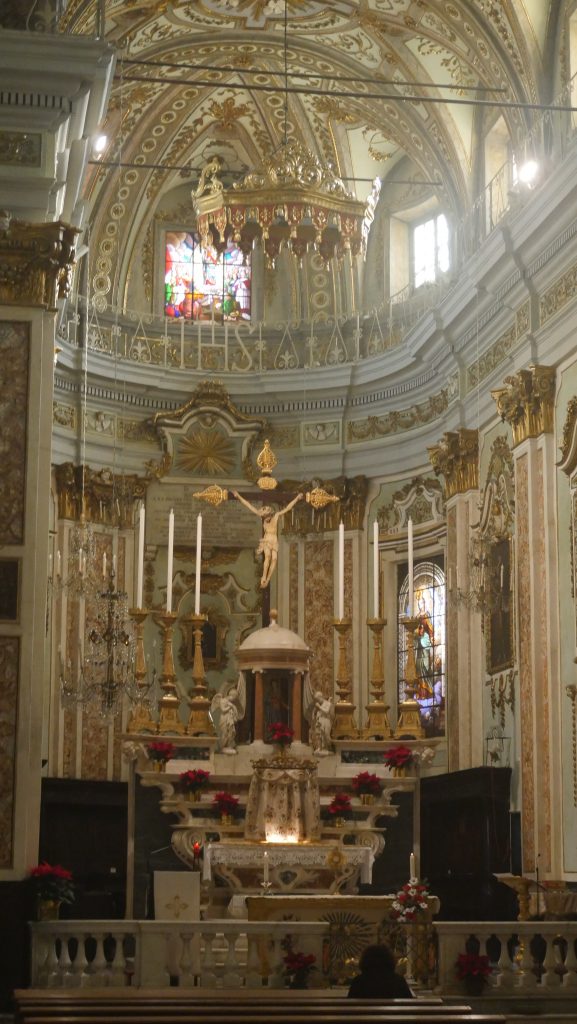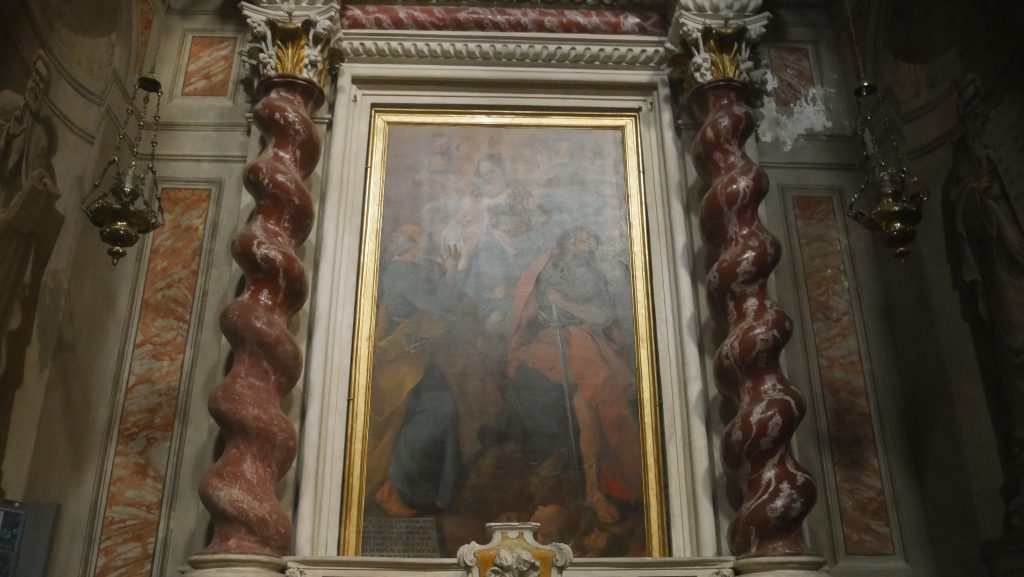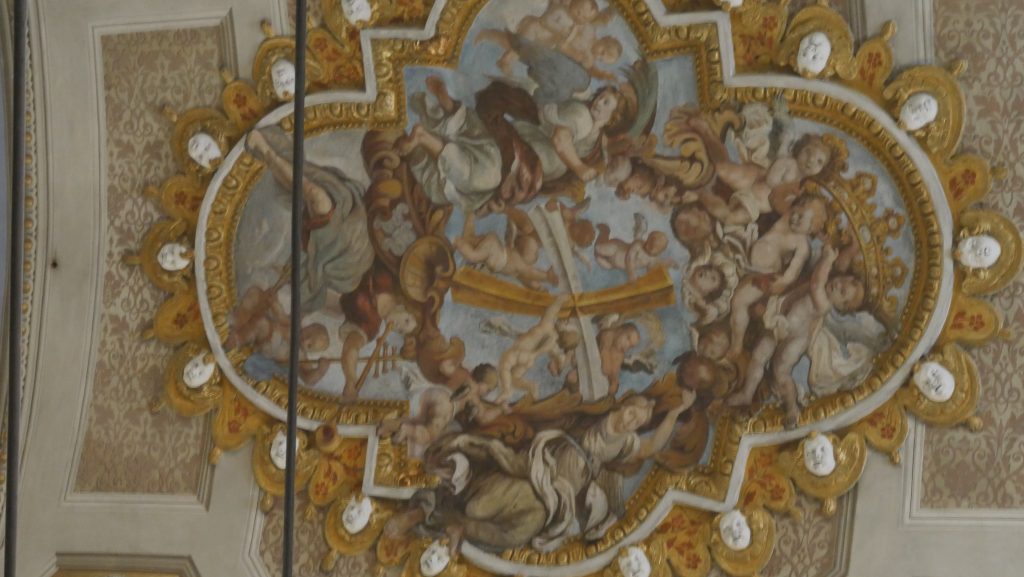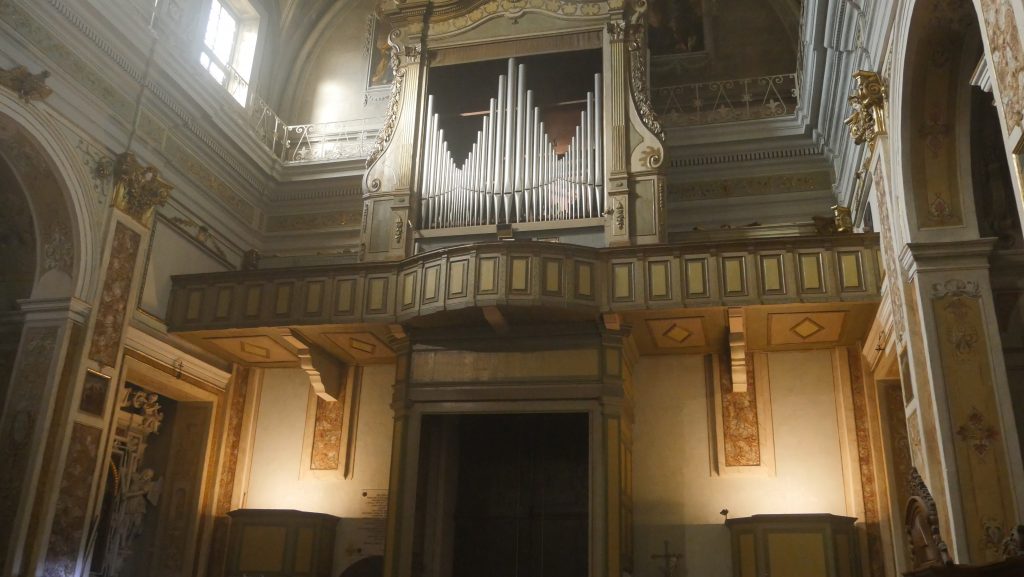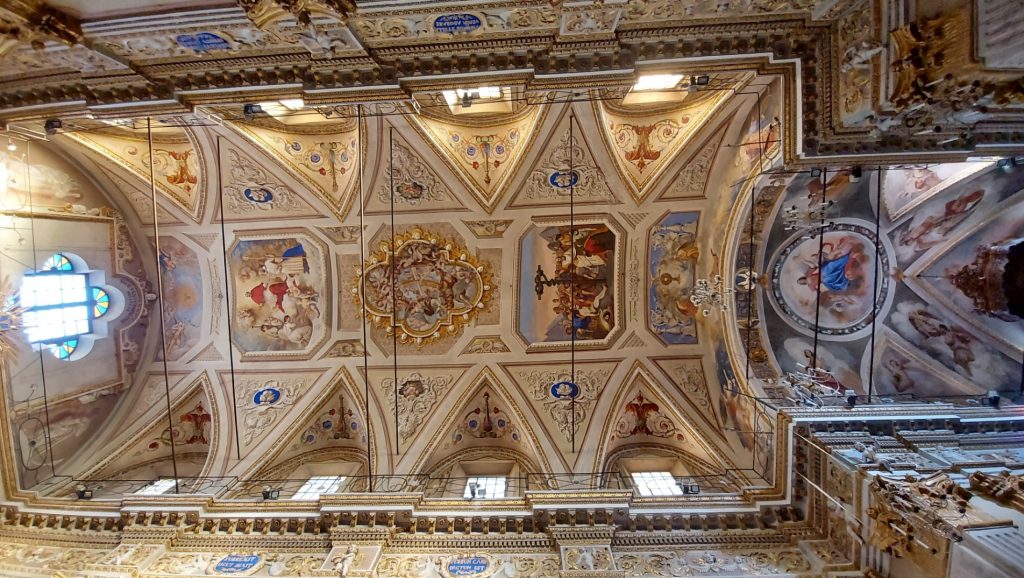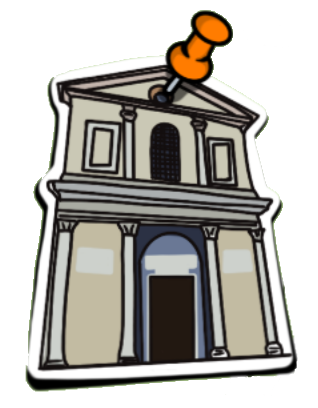
Parrocchia della Madonna Miracolosa
Parrocchia della Madonna Miracolosa (The Parish of the Miraculous Virgin Mary) in Taggia, Chiesa Collegiata Basilica minore dei Santi Apostoli Giacomo e Filippo (Collegiate Minor Cathedral of the Holy Apostles James and Philip).
The parish of the Miraculous Virgin Mary (parrocchia della Madonna Miracolosa), officially known as the Parish Church of the Holy Apostles James and Philip, is the result of an intensive 17th-century upgrade of an ancient medieval site.
The dedication to the holy apostles could indicate the early stages of the Christianisation of west Liguria. In the thirteenth century, an important sacred building already existed, with a college of priests, the Canons, to which the foundation of the Hospital in 1212 is also attributed.
According to the first descriptions from the 17th century, the building, which was typically medieval, was of considerable size, and the simple facade was articulated into three naves divided by stone pillars.
Over time, many lateral chapels were added, enriched by decorative elements, like sacred images and wall paintings.
The massive presence of workers in west Liguria during the fifteenth century was probably crucial to the opening of new construction sites in various parts of the territory.
During its fifteenth century phase, the building had a stone facade, atypically squared for local tradition, and was probably inspired by the foreign members of the abundant workforce.
Other characteristics highlighted in archive documents are the roof’s wood and stone foil covering, the typical separation of the access points and spaces dedicated to men and women, and finally the presence of many chapels, with names almost identical to the ones they have now. Following new cultural regulations resulting from the Council of Trent (1542-1563), changes had to be implemented within the parish church of Taggia in order to adapt to the new religious demands.
The radical renewal using baroque shapes aligned with the buzz of renovation that was evident throughout Liguria in the 17th century, where new construction sites were popping up in every village.
Organisational and budgetary support came in 1675 from the Cardinal of Santa Prudenziana and Sant’Anastasia in Rome, Gerolamo Gastaldi.
According to professor Fulvio Cervini’s hypothesis, the religious noble patron would have chosen the Roman architect Giuseppe Arcucci to entrust with the design of the new church. He wasn’t responsible for the construction though, with the site overseen by foreman Giuseppe Arlotti of Riva Ligure.
The renovations resulted in a bigger building, which may have been extended on the left side of the square. The sober and monumental facade forms the basis for the building styles that make the square dedicated to Cardinal Gastaldi so unique.
It is composed of two architectural orders with a standard gable above.
In the centre above the main entrance, there is a large commemorative plaque in honour of the Cardinal, whilst three white marble gates give access to the church. The inside of the structure is organised according to the architectural spaces wanted by the Council of Trent.
At the entrance, a wide nave with a deep presbytery is revealed, with six chapels opening up along each side. In the lunettes of the barrel vaults, wide windows make the inside of the church naturally bright. The artistic and architectural elements within the various chapels are of particular note, as well as the spaces of the presbytery and sacristy.
Nevertheless, the main piece in all the complex is the statue of Madonna dal Cuore Immacolato (The Immaculate Heart of Mary), which was identified as being “Madonna Miracolosa” in 1856.
It is located on the left-hand side of the church in one of the richest and most important chapels. In fact, substantial funding was provided for the creation of a great marble altar and various furniture, which is partially preserved in a small enclosed sacristy.
The chapel’s decoration is defined by the presence of the Madonna Miracolosa, which is by tradition the guardian of Taggia’s population: the patronal Feast Day on 11th March is dedicated to her.
To understand the Feast’s origins, we need to go back to 1851, when Salvatore Revelli, a sculptor from Taggia, gave the statue to his hometown – a maquette in polychrome chalk, 93 centimetres high.
Only four years after the donation, on the 11th March, 1855, the miracle happened: some worshippers witnessed the eyes of the statue move.
The miracle kept happening over the following days, whilst the ruddiness of the cheeks became more vibrant.
“…he saw the exceptional pupils rise upwards, until they were entirely hidden under the upper eyelids. He saw the eyelids tighten and touch the eyelashes, and the eyelashes moved at times as if they belonged to a living person. He saw the eyelids open wide and the turgidity of the pupils grow, the shape of the eyes transformed from oval to almost round, and he saw these things three times over a period of ten or twelve minutes, along with the many others who were there with him in the chapel”.
Photos
Video



